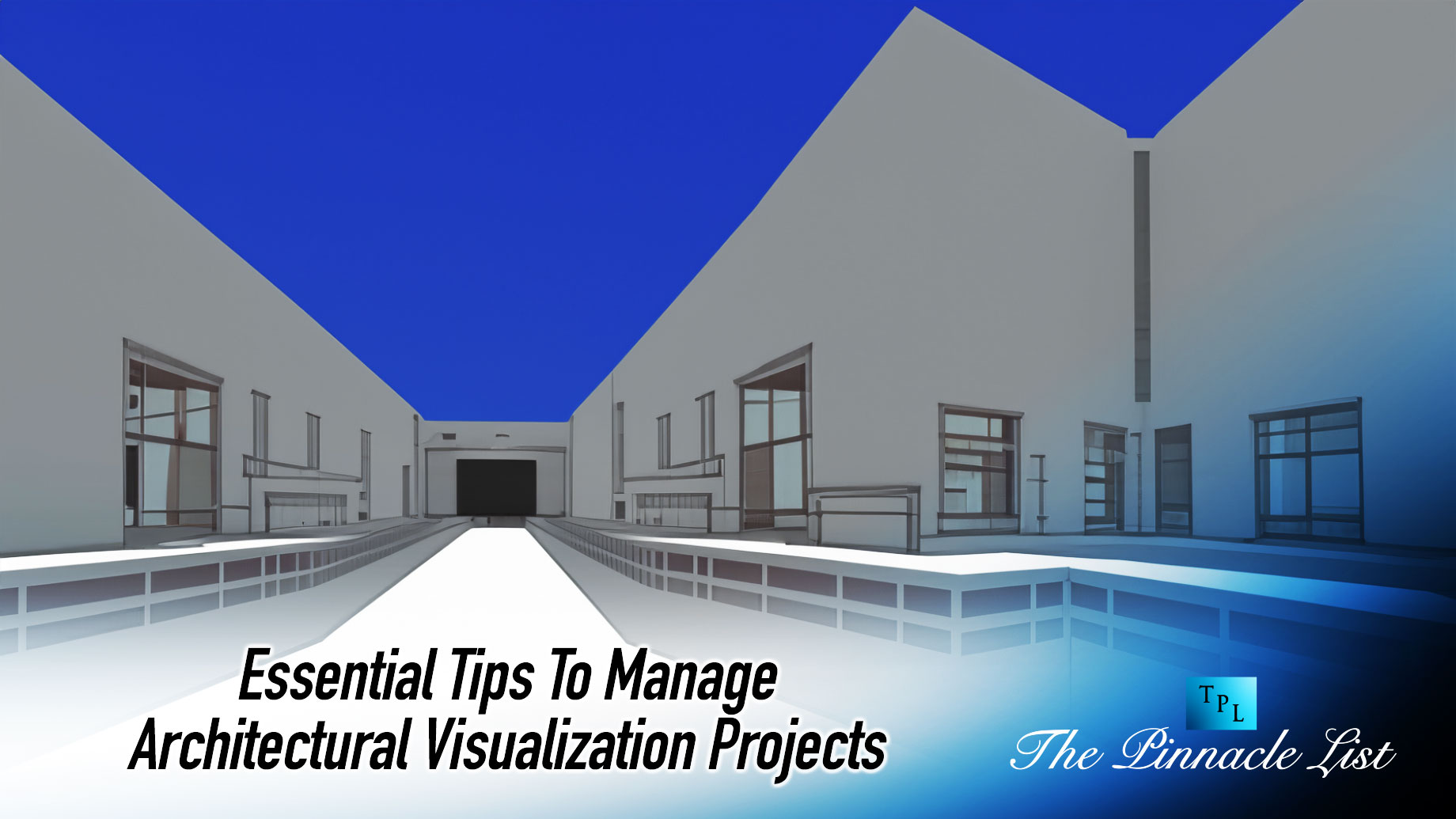
If you a 3d visualizer or creative artist who is frequently accepting architectural 3d rendering projects from real estate agents, property developers or brand agencies, you will be well aware of the difficulties and pitfalls involved in completing such a complex task with great results, to your client’s satisfaction.
Leading studio Cleanpix Graphics offers some essential tips, established from their vast industry experience, aiming at improving the workflow for your next 3d rendering project. This guide will assist in achieving a high quality end result in a timely fashion, while avoiding additional rounds of revisions that can prove costly to the client and sour your working relationship.
DOs
1. Stick to your project objective
A major cause of poor management of architectural visualization projects is forgetting the fundamental goal of the project. Use the best software, artistry and creative skills to impress your business customers by communicating the key features of a specific architectural design concept in the best possible way.
2. Focus on details
Another thing that a studio needs to do is to focus on refining the project details after completing the key stages of visualization. Invest your time and effort in fine-tuning the minute elements of your artwork. Meticulous attention to detail always pays off in a big way and adds to the overall photorealism of the image!
These details may include increasing the level of detail of your base 3d model, re-evaluating your use of furniture and styling accessories, including additional fixture and fitting details, as well as tweaking lighting and shadow setup.
3. Consult your colleagues
Architectural visualization is a broad field, it’s impossible to know every single thing. You may need to consult your coworkers or other expert visualization artists to exchange knowledge and the sharing of ideas. It’s always a great idea to get a fellow colleague to review your work and share some constructive criticism prior to submitting the proofs to the client. Working closely with the project architect can also be highly beneficial in achieving a great end result.
4. Take a break
Taking breaks in between is also essential to work with more efficiency and creativity. When you work for many hours or several days without pause, your visualization and creative abilities will be reduced.
Once you finish your artwork, set it aside for a day or two (if time permits) before showing it to the client. You may be able to see some additional areas or details that require revision once you look at the image with a fresh eye.
So don’t forget to recharge yourself from time to time by taking periodic breaks from your work.
DON’Ts
1. Limit yourself to a specific visual style
Expand your visual style and be versatile in this ever-changing and competitive world! Strive to get perfection in several different styles to offer an expanded range of presentation options to potential clients. Experiment by changing up day/night lighting setups from one project to the next, as well as alternating material color schemes. Build up a portfolio of work that shows off your versatility.
2. Getting stuck in a routine
Don’t get complacent by sticking to using the same type of software year after year. Workflow continuity can be a good thing but it’s important to remember to look around at the latest developments in the industry. Technology advances rapidly and you may find new software packages or plug-ins that can automate time-consuming tasks and help you achieve more realistic results for your next project. Step out of your comfort zone, keep challenging yourself and don’t be afraid to experiment with new software technology.
Also, make sure to keep updating and adding to your 3d models library to keep your interior and exterior 3d renders looking fresh! As time goes by, the furniture, planting and entourage options that become available get more detailed with far more realistic materials. Re-using the same tired old library assets year on year will make your work look dated and out of trend.
3. Arguing with the client
As an architectural 3d visualization artist it is part of your job to guide the client through the process and offer advice in areas of camera composition, lighting setup and furniture and accessory selections. It’s important to remember however that the creative process is subjective and what may appeal to you may not be appealing to your client. In the event of a split opinion, feel free to explain the rationale behind your creative decisions but never be insistent if the client continues to disagree. Remember that the client is paying for the work and should be able to have whatever they want. As the saying goes… ‘the customer is always right’.
Conclusion
All these architectural visualization tips will help in achieving a more efficient workflow process for your 3d renders, ensuring your next project outcome is absolutely stunning while being completed on time and on budget.